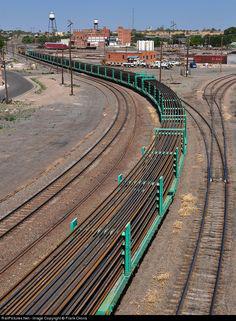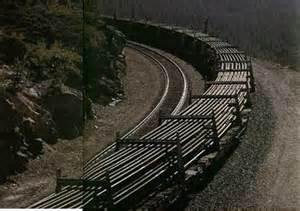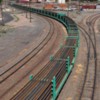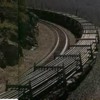Continuously welded rail has been around longer than many of us realize. Here is a Ron Nixon photo of ribbon rail going into Bozeman Tunnel in 1936. That is a mallet pushing in the background.

I am still amazed that it is cheaper to ship scrap steel/iron to Japan and make the product and ship it back than it is to make it a mill in the states.
Did the article say that US scrap was used? If so, I missed it.
As the article does mention, rail from Japan has been popular on the west coast since the 1980s. That is for two reasons. First, water shipment from Japan to the west coast makes imported rail price competitive with rail shipped by train from the eastern US. Second, the rail from Japan has a hardened rail head that makes it very wear resistant. The competitive price plus longer life often means that rail from Japan offers the best value for busy western railroads.
The former Colorado Fuel & Iron plant in Pueblo, now foreign owned, is the only source of rail in the western US. They have invested in improved equipment to offer products with harder rail heads and in longer lengths to compete with imported rail.
http://www.evrazna.com/Locatio...tabid/72/Default.asp









